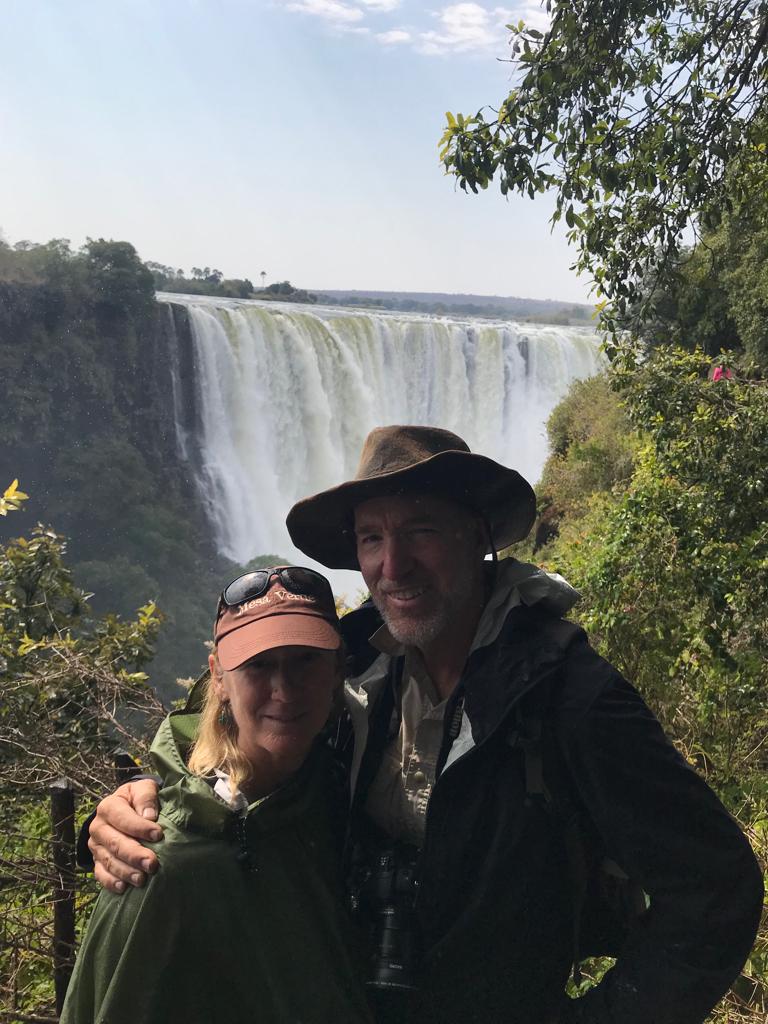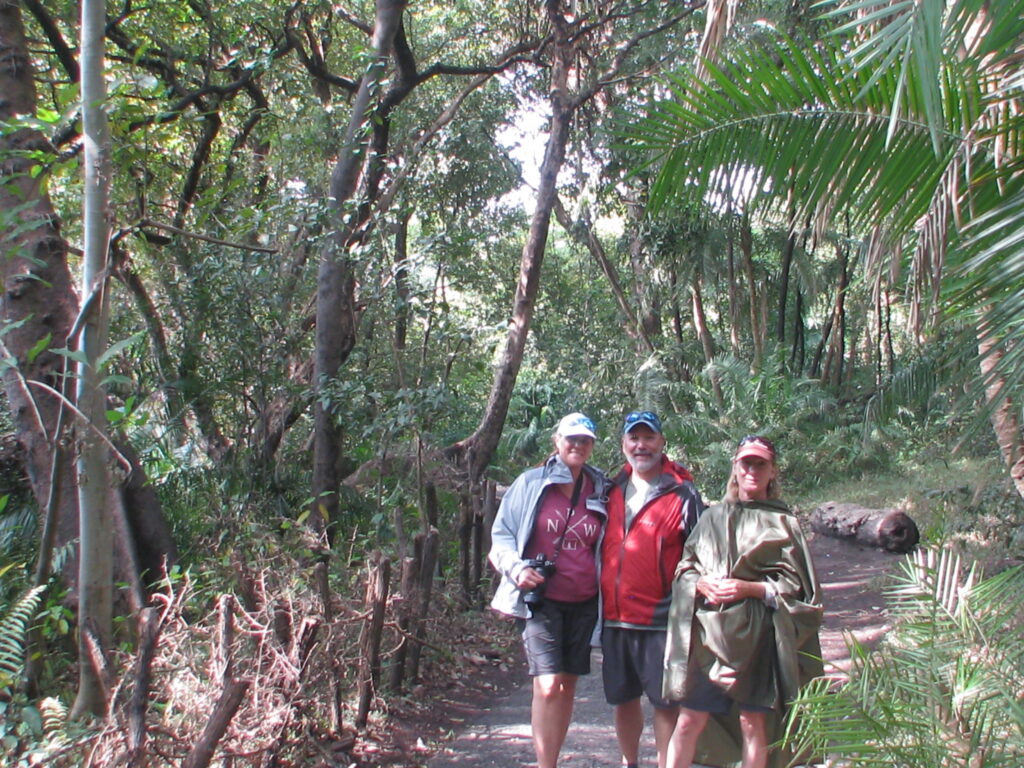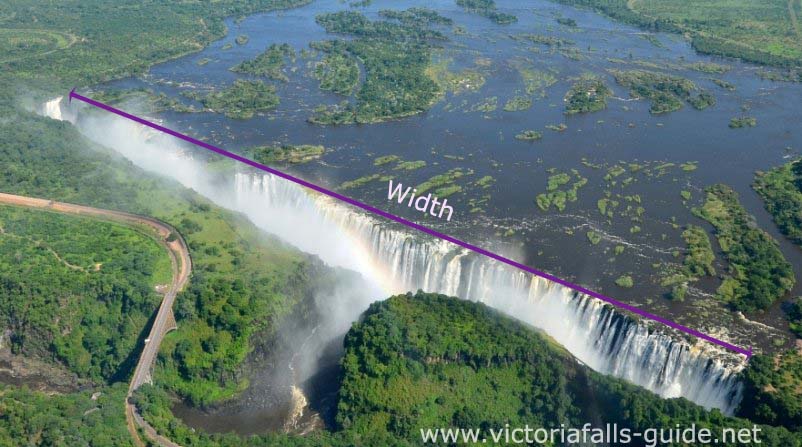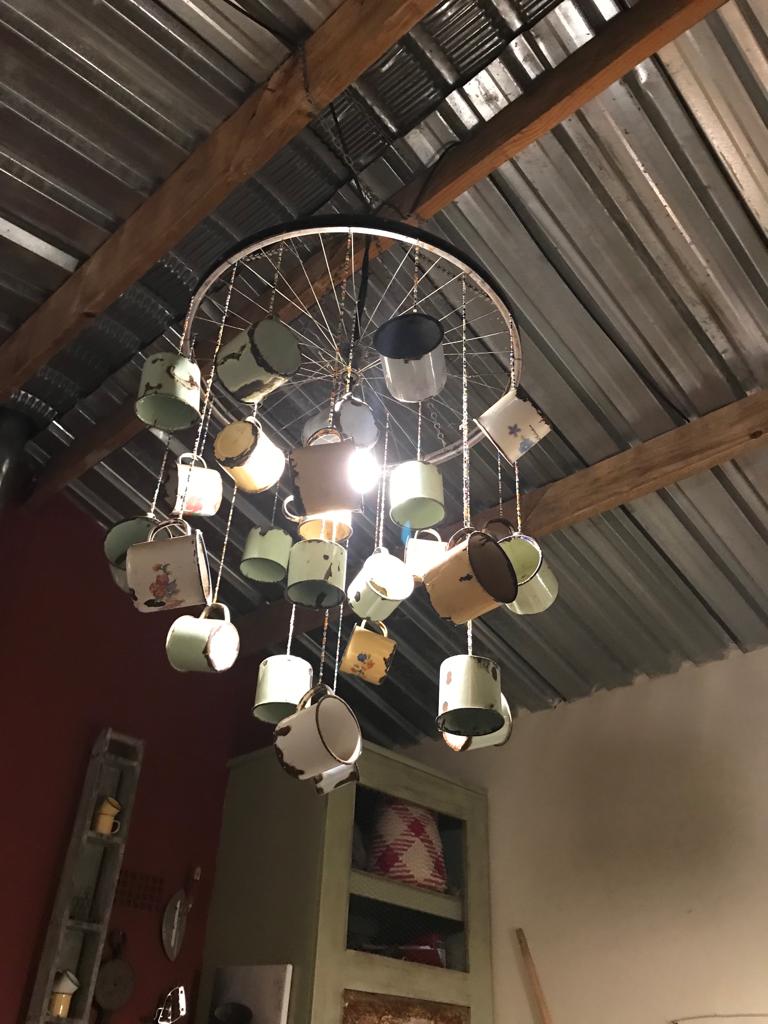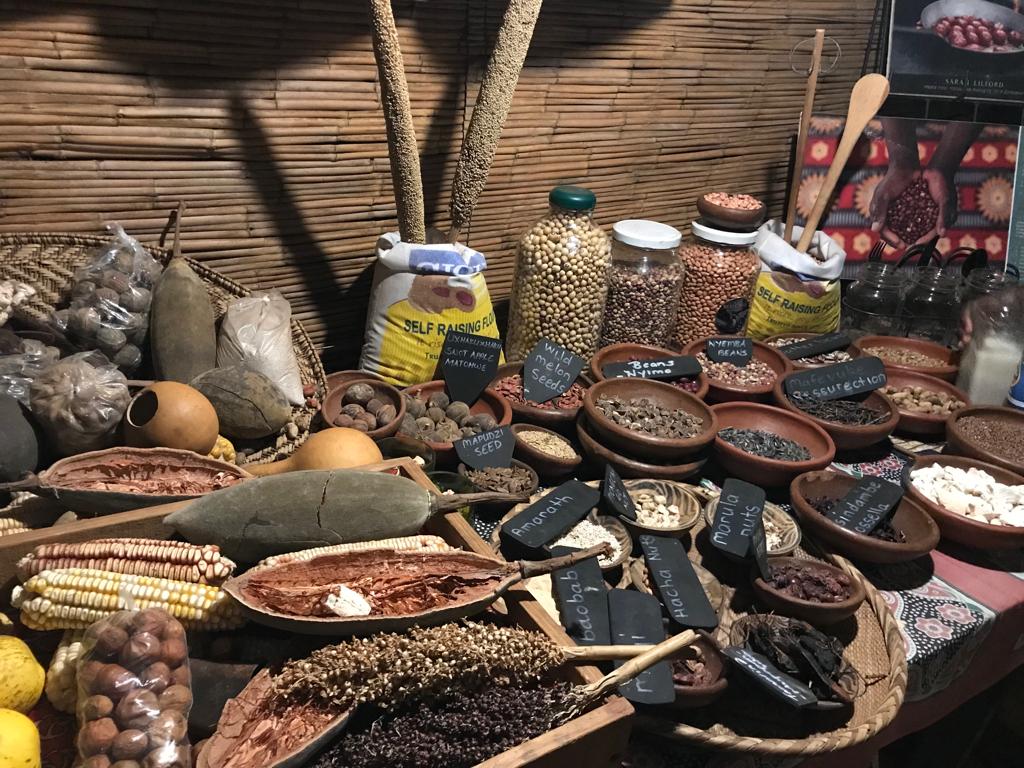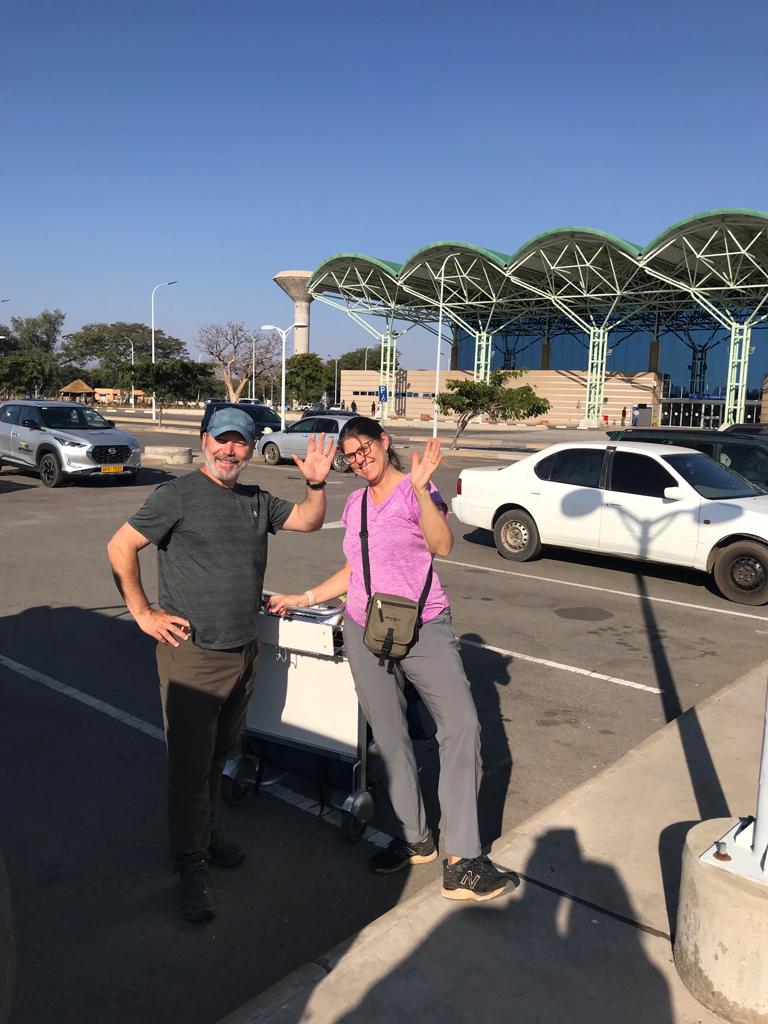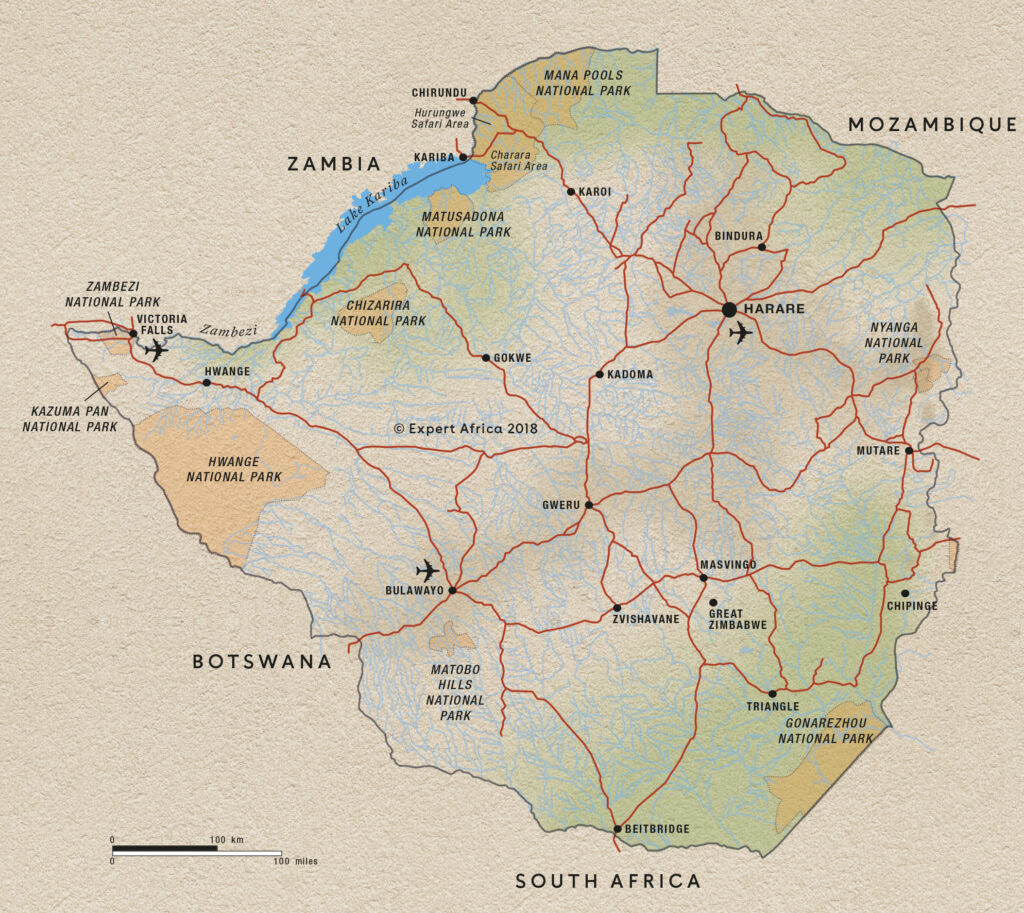As I leave behind Zimbabwe, once again it is time to reflect on observations of the country from behind the wheel. Here are some of my reflections:
#1. The African Runaround. In fairness to this great country, this observation is not really restricted to Zimbabwe, as I observed the same runarounds in Botswana and South Africa. The “runaround” refers to my attempts to purchase almost any item other than food, although I even had some runarounds when it came to finding food stores as well, in which I get directed to one store only to find out that it doesn’t carry the item, redirected to another store, which also dosesn’t carry the item. It’s like this. You go to a store that based on its name and categorization online should stock a particular item, say a jerry can. You get to the store and find out they don’t have it and they direct you to another store. You drive to that store only to find out that they also don’t have the item, but they direct you to yet another store, and so on. Here’s a symbolic representation of the scenario I am describing: A -> B -> C -> D -> A. The surprising and super frustrating thing is that the store clerks don’t seem to have any idea of what the other stores in their locality ,and by the way in the same retail category (e.g., outdoor supplies), actually offer and so you get this circuitous runaround and spend an unbelievable amount of time tracking down where to buy a simple item.
#2. Potholes Forever. I have ranted about this before, but I owe it to anyone reading this blog to repeat and enhance my rant here because the issue has risen to new heights in Zimbabwe. In South Africa, as I pointed out before, they at least have the courtesy to alert you with a sign to the fact that there is an upcoming mine field and that they plan to do nothing about it other than post a warning sign of your doom if you don’t slow down. In Zimbabwe, however, they don’t bother to alert you since you can pretty much expect all secondary roads to be massively potholed. Because of this reality, much of the driving on secondary, supposedly asphalt, roads is with one tire on the edge of the irregular-edged asphalt and the other on the sand/gravel verge (side), meaning that you are perpetually tilted away from the center of the road. On the positive side, it does provide a subtle core workout for the body. Regardless, it is quite clear that road infrastructure planning, management and implementation involves getting some one-time flush of funds to asphalt a road, and to cover as many miles as possible, do so with a single 1-inch layer of asphalt, and then hope it holds up until the next adminstration. Clearly, road maintenance is not on anyone’s radar, other than for the few primary highways, which are in decent shape, save a few exceptions.
#3. Twistin and Turnin the Road Away. One of the realities of driving on “game” drives in the Parks is that you have to go slow, not just so that you can spot wildlife, but because the roads/tracks are so damn twisty. Well, I have studied this issue quite a bit and have concluded that the snake-like twisted course of many Park roads results from complete negligence. To be specific, if a tree falls down across the road or partially into the road, instead of the Park staff ocassionally driving the roads and cutting away the fallen trees, which would take minimal effort in almost all cases, instead, they let drivers make a new track around the debris until it becomes the main track. Over time the road takes on a twisty, turning course simply because no one ever clears a fallen tree from the track. Let me be clear, I don’t mind the twisty nature of the tracks as it feels more “wild”, but I can’t believe that the Park wants all these new tracks being formed. I can’t help but attribute the result to indifference and/or laziness on the part of the Park and staff, which leads me to my next rant. Here are a couple of examples:


#4. To Staff or Not to Staff? I have commented repeatedly in this blog about the deplorable condition of the Park roads and facilities infrastructure in many of the Parks (but there some excellent exceptions, as noted), and I would normally excuse this because of understaffing and underfunding. However, I have learned through cryptic inquiries that understaffing is NOT the problem, although underfunding may be. In fact, most of the Parks we have visited have a shockingly large staff. For example, in Matusadona National Park we learned that they have 200 people working there, all stationed at the administrative headquarters. In Chizarira National Park we saw a few dozen or more Park personnel at the admin center every time we went by to use the WiFi. In all cases, however, we almost never encountered Park staff out and about in the Park actually working. The one exception was in Mana Pools where there was a crew of 20 workers rebuilding a washed out concrete bridge over a small waterway. Instead, I really hate to say it, but we often saw Park staff just sitting around doing nothing. With the numerous Park staff on hand and with a little work effort and ethic, they could do so much to improve the conditions for tourists in the Parks – if they wanted to. A simple thing like fixing the signage would go a long way. There are so many road intersection signs that have fallen apart or have illegible print on them that without a GPS it would be all too easy to get lost. It many cases it would literally take a few minutes with a can of paint to improve the signage. I really don’t understand the apparent lack of work ethic in the Parks, but perhaps for the workers it is simply a paid job and not a passion, so they don’t do anything unless directed to. I’m sorry to be so critical, but I can’t abide laziness when there is work needed to be done.
#5. The Ultimate Carwash. In the states, we pay a premium for a machine car wash that basically doesn’t do crap but wet the vehicle and make it shine in a few exposed places. However, in Zimbabwe we treated ourselves to car washes in a couple different towns and boy-oh-boy what a washing they do. For anywhere from 10-20 dollars, you get 1-3 laborers working on your vehicle for up to an hour. Power wash, followed by hand scrubbing with detergent, followed by another wash, another hand scrubbing, another power wash, and then a hand drying. And we are talking in and out of every nook and cranny on the top, sides, and underneath the vehicle. Oh, and did I mention that they also degrease and hand clean the engine under the hood and polish the wheels! And, for a couple of bucks more they vacum, hand wash and shine the inside of the vehicle. I’m telling you, this is the delux in car washes. It’s almost worth shipping your vehicle over to this country just to get a car wash!
#6. Happy, despite all things. Like all the African people we have seen and met, the Zibabweans are happy, friendly people. Most enthusiastically wave as you pass by and anyone you meet and talk to is super friendly and welcoming; this, despite the deplorable working and living conditions for the vast majority of the people, especially those living in the rural areas. We learned from conversion with one worker at a lodge/camp that the standard pay for a low-level worker – grounds keeper in this case – is $5 USD/day and supervisors can make up to $20/day. Based on the high cost of food in this country, these are barely living wages – just enough to feed oneself and small family, forget about buying a house or going on vacation. Most of the workers we met had a spouse and 3 or more kids, so how they can get by on these wages is a mystery to me. I suspect in the rural villages things are much worse, as there is essentially no paid labor positions. We learned that in most households the head of the family (males in most cases), and in some cases both spouses, leave their village and home for work in an urban center or perhaps a job with the government (e.g., in a Park) for months at a time and only return home periodically. The kids stay home with their grandparents and go to the local public school. The typical scenario seems to be work away from home for 3 months and then return home for 1 month. Note, every worker we met was excited about the upcoming presidential election to be held on August 23 and adamant about a change in administration. They are tired of the corruption, the empty promises, and failure of the government to actually do things to help the average citizen. All voiced deep concern and frustration over the declining economic conditions in the country. Despite all this, they all smile and are happy to meet you and seem generally happy people. SO, go to Zimbabwe, spend some money, and meet some of these nice, happy people.
#7. To Give Or Not To Give? Given the deplorable living conditions I described above, it is no wonder that children in the villages almost universally beg for food, treats, money, or whatever when you pass them by. My heart weeps every time I see young children run out from their mud and thatched, little rondavel hut to the roadside and reach out with their tiny hands and beg for food or treats as I pass them by. However, to stop and give each child something is simply not possible, as it would take a truckload of gifts to satisfy all the children encountered. With my limited supply of gifts for children, namely pencils and crayons, how do I choose when to stop and when to pass them by. It’s the same dilemma I faced with the roadside produce stands. How do I decide which child gets a gift? When a raft load of kids rush out from a village it’s a nobrainer, as I don’t have enough to satisfy them all, so I sheepishly pass them by and wave – which is not the response they are after. I am embarrassed and guilt-ridden waving at these children when they are reaching out begging, but what else can I do? So I delay and delay handing out gifts until I see the most desparate, needy child that is either alone or with just a few siblings. But then I face another dilemma. Is it fair to give a child a pencil or crayon without also giving them some paper to write or draw on? Unfortunately, I did not come prepared with paper to give out, so my pencils and crayons remain on my dash taunting me every time I pass by a begging child. However, I just purchased some small writing/drawing booklets and am now prepared to start handing out pencils/crayons and paper. But I still face the dilemma of choosing the recipients of my meager gifts. Perhaps instead I should pick a small village and find the primary school master and give all the pencils/crayons and paper to the school. But then I would probably feel equally or more embarrassed to deliver so few items to a school when I have the means to do so much more, and they know it. If anyone has some good advice on how to resolve this dilemma, please share?
#8. Glorious Parks. Whatever you might say about Zimbabwe, one thing is for certain, they have magnificant Parks. Moreover, each Park has a unique character and distinctive features. Zambezi has the might river front, Hwange has the amazing water holes, Chizarira has the spectacular escarpment, Matusadona has the beautiful lakeside, and Mana Pools has the phenomenal Zambezi River floodplain and pools. The wildlife is incredible and the terrain is highly varied with lots of mountains, plains and rivers to keep your interest. All this combined with friendly people makes this a wonderful place to visit.





































































































